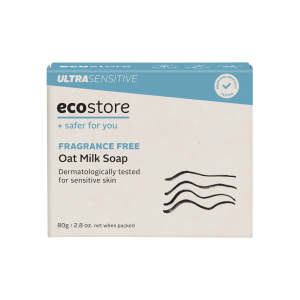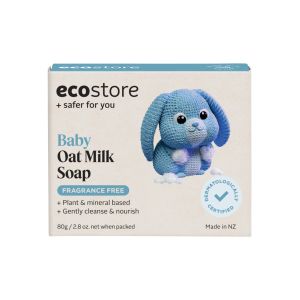Avena Sativa (Oat) Milk

Avena Sativa (Oat) Milk
Avena sativa (oat) milk is an ingredient derived from oats and provides various beneficial properties for skin cleansing and nourishment.
Avena sativa, commonly known as oats, is a versatile plant cultivated globally for its nutritional and medicinal properties. Belonging to the Poaceae (grasses) family, this cereal grain is grown in various regions around the world, including North America, Europe, and Asia. Oats are known for their ability to adapt to diverse climates and grow in cool, temperate environments. They are primarily cultivated for their edible seeds, which are used in various food products, including oatmeal and oat milk. The global cultivation of Avena sativa plays a vital role in providing a sustainable and nutritious food source for populations worldwide.
Oat milk is made by steeping and straining oats in water, resulting in a milky liquid that retains many of the oat's beneficial compounds. It is rich in proteins, lipids, vitamins, minerals, and antioxidants, all of which contribute to its skin-soothing and moisturising properties.
Oats are utilised topically for the treatment of atopic dermatitis and other skin protection. Their benefits for skin include barrier protection, anti-inflammatory properties and antioxidant activity. This makes oat milk soap gentle and non-drying, leaving it suitable for daily use and especially beneficial for people with dry or sensitive skin.
The Cosmetic Ingredient Review (CIR) Expert Panel assessed the use of Avena sativa (oat)–derived ingredients in 2019 and reviewed their safety for dermal exposure in cosmetics. They concluded they are “safe in cosmetics in the present practices of use and concentration described in this safety assessment when formulated to be nonsensitizing.”
Botanical name: Avena sativa
Other names: Oat Meal Extract
Chemical class: Botanical Products and Botanical Derivatives
Main constituents: (fatty acids) Myristic Acid, Palmitic Acid, Stearic Acid, Oleic Acid, Linolenic Acid, Linoleic Acid
REFERENCES
Becker LC, Bergfeld WF, Belsito DV, et al. Safety Assessment of Avena sativa (Oat)-Derived Ingredients As Used in Cosmetics. International Journal of Toxicology. 2019;38(3_suppl):23S-47S. doi:10.1177/1091581819889904
Lin, T. K., Zhong, L., & Santiago, J. L. (2017). Anti-Inflammatory and Skin Barrier Repair Effects of Topical Application of Some Plant Oils. International journal of molecular sciences, 19(1), 70. https://doi.org/10.3390/ijms19010070
Kim, I. S., Hwang, C. W., Yang, W. S., & Kim, C. H. (2021). Multiple Antioxidative and Bioactive Molecules of Oats (Avena sativa L.) in Human Health. Antioxidants (Basel, Switzerland), 10(9), 1454. https://doi.org/10.3390/antiox10091454
Temperate Plants Database, Ken Fern. temperate.theferns.info. 2023-06-14.





